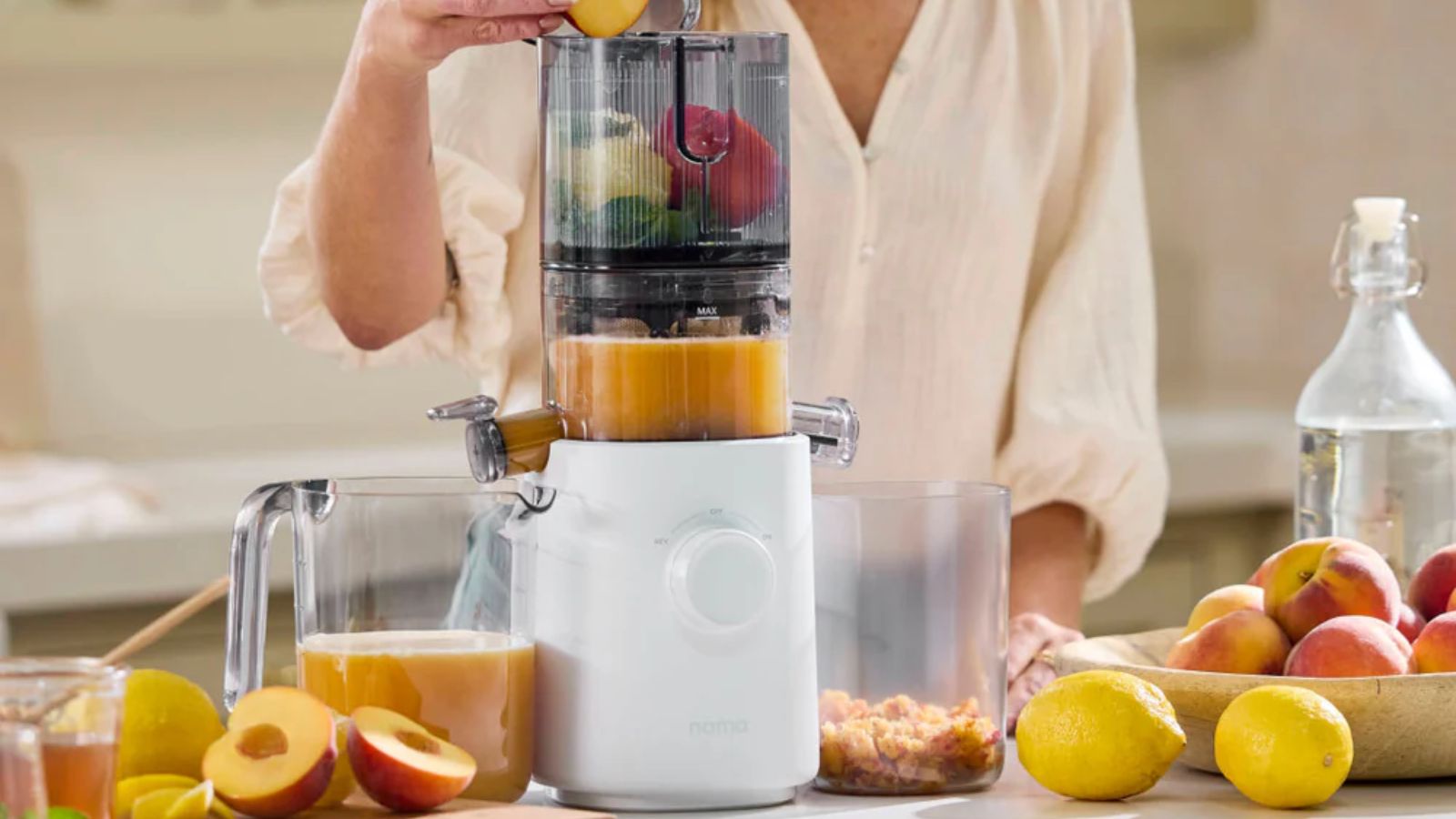
I love juicers. I use mine every day, but I'm not blinded by them. Even the best juicers on the market can be big, expensive, and fiddly with a relatively low yield. Finally, Nama's J3 has changed that.
The J3 is one of the smaller juicers on the market, deliberately designed for city apartments and for taking on your travels. It has the same silhouette as the ever-popular J2 (which is one of the best juicers on the market). And now, the J3 is easily up there amongst my favorites: it's powerful, it's portable, it's actually pretty perfect.
I've been using the J3 every morning for three weeks. I've made ginger shots, orange juice, carrot juice, almond milk, green juice, and more. But, is the juice worth the squeeze?
Specifications
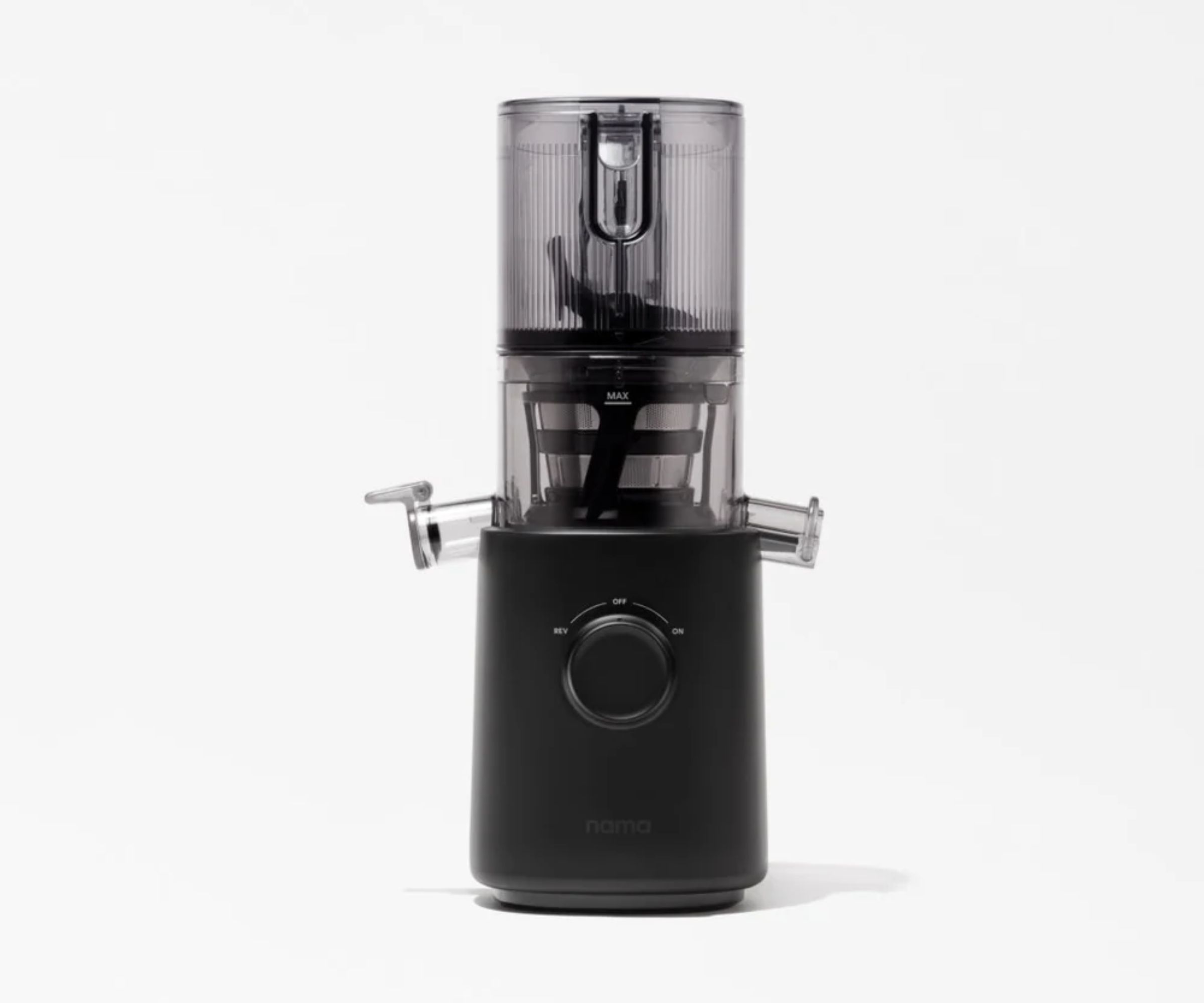
Unboxing
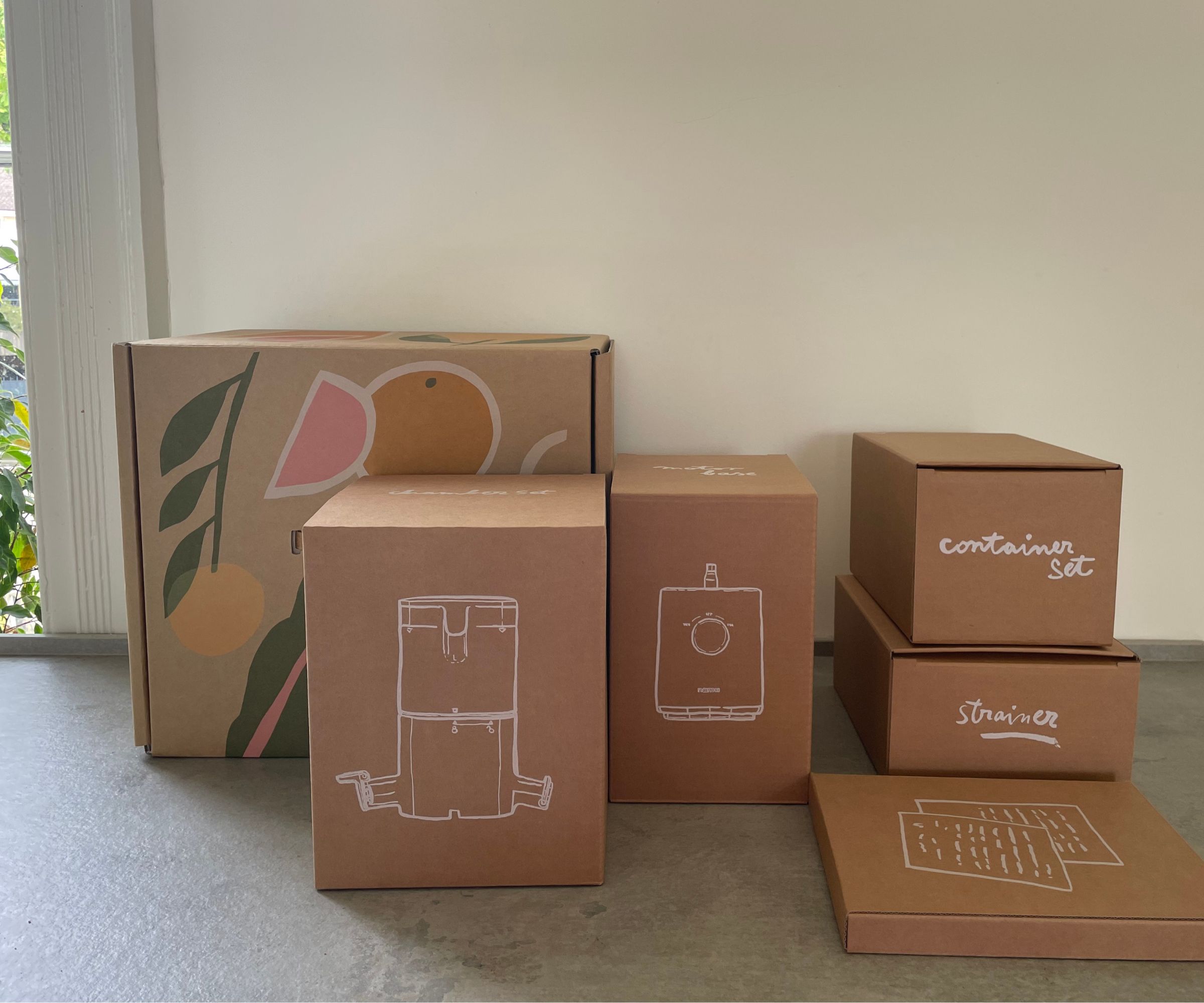
It might sound strange, but Nama's products are some of the few that I actually look forward to unboxing. They put a lot of thought into the illustrations on their boxes (these always end up being kept in our house and used as pretty storage boxes); each part of the juicer is separately boxed, labeled, and contained in a fabric bag. This makes it feel like you’ve been given a gift rather than a stressful assembly task. I had mine assembled and on the countertop in just a few minutes. All the parts click neatly into place, so it's simple.
If you’ve admired the Nama J2 before, you’ll love the J3. The silhouette is identical, just downsized. It has a useful handle for picking up and moving around the kitchen, the juice container is easy to store, with a useful lid, and Nama provides a recipe book to follow if you need some inspiration too.
Who would it suit?
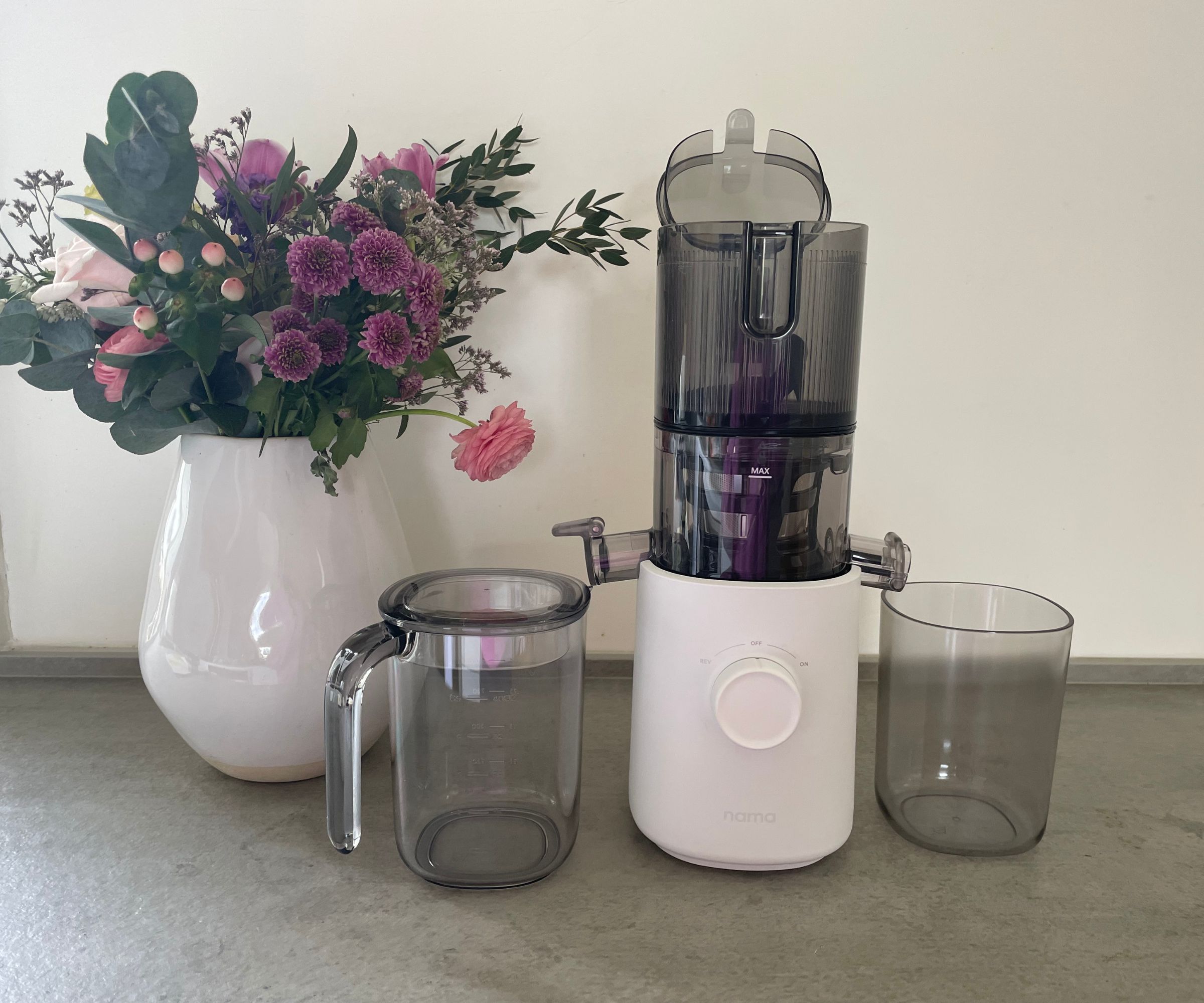
The J3 is perfect for those who want a compact juicer without any compromises on quality. Mine sits comfortably under wall cabinets, can make enough juice for me and my partner, and produces results to rival the impressive J2.
Nama also promises that this is portable. Of course, it’s not quite like those blender-in-a-bottle portable appliances, but if you’re committed to juicing, this would be easy to take with you on holiday, in the motorhome, or in the car. After all, keen ginger shot drinkers will know that juicing is a lifestyle.
What is it like to use?
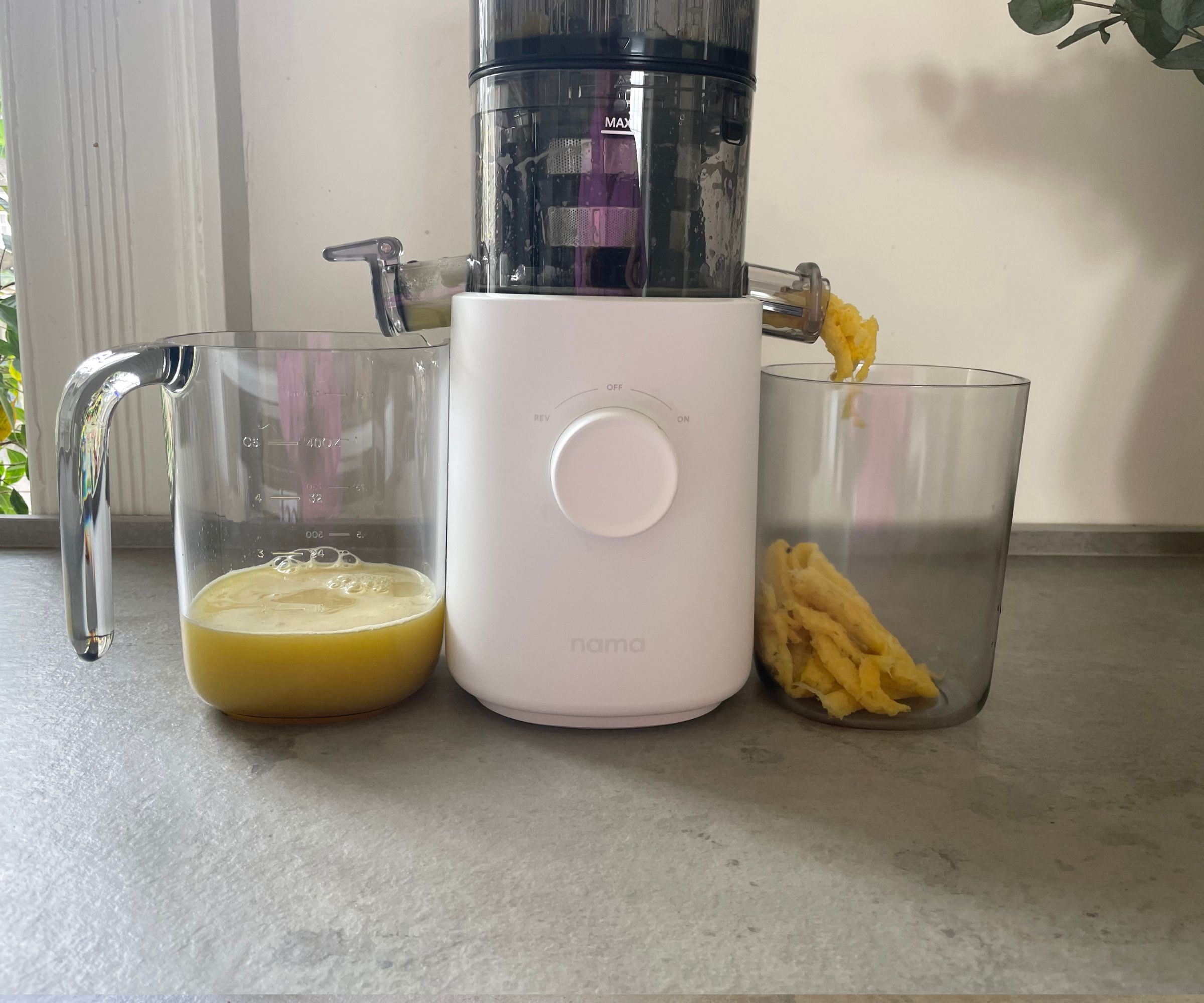
One of the reasons I love the Nama is because it doesn’t overcomplicate things. The dial takes you to ‘on’ or ‘reverse’. There are two attachments for different pulp levels, which is useful to have if your family all like their juices differently.
Once I had assembled all the parts, I put the Nama to the test across a range of juices and nut milk. Here are the results.
Test 1: orange juice
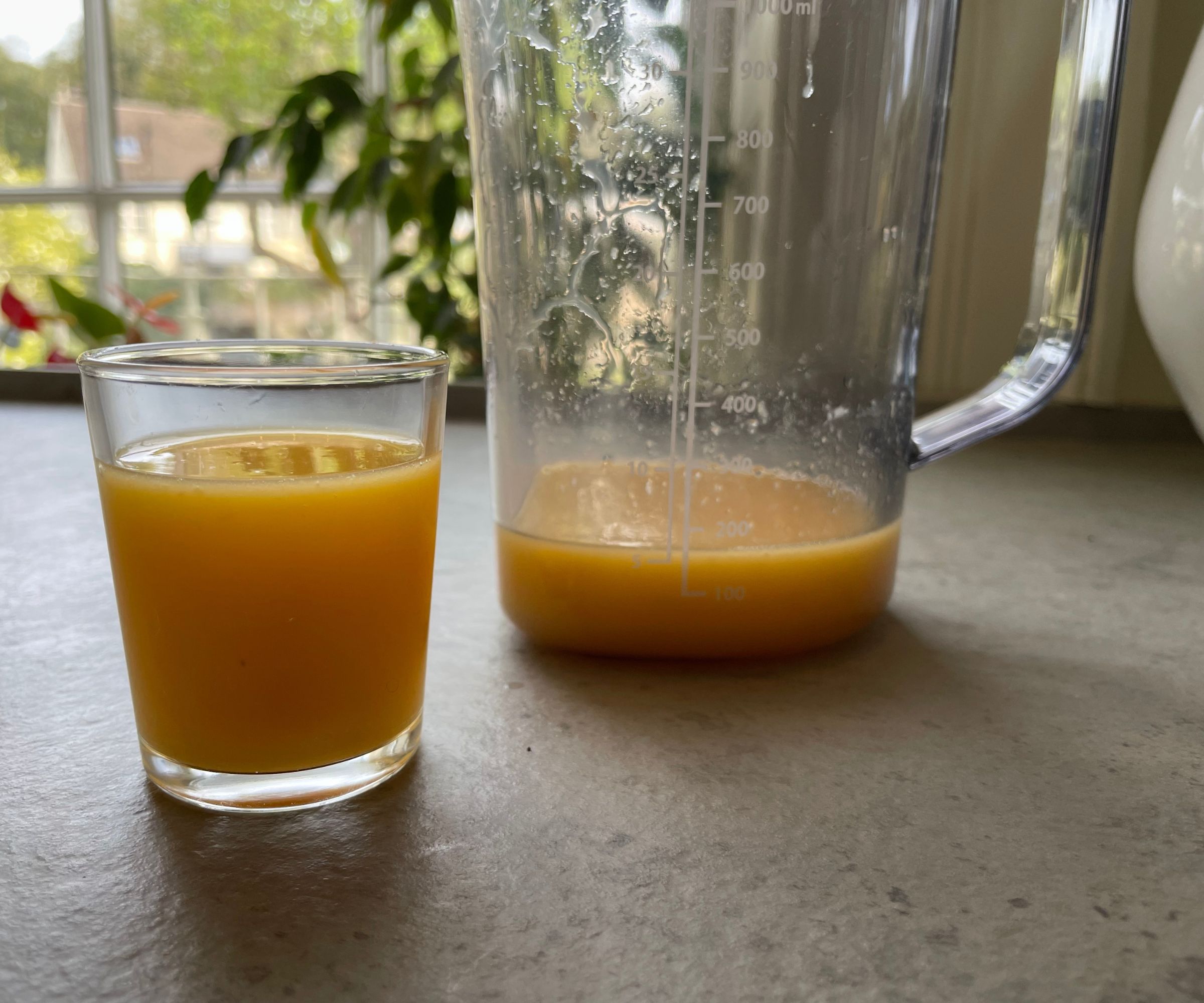
It’s a simple enough test, orange juice. I peeled oranges to put into the juicer and, in total, the top chamber had enough capacity for three and a half oranges. This made 13.5 oz of juice in just seconds. I kept adding oranges to the top lid, so, even though the chamber is small, that doesn't limit how many servings you can make.
Test 2: ginger shots
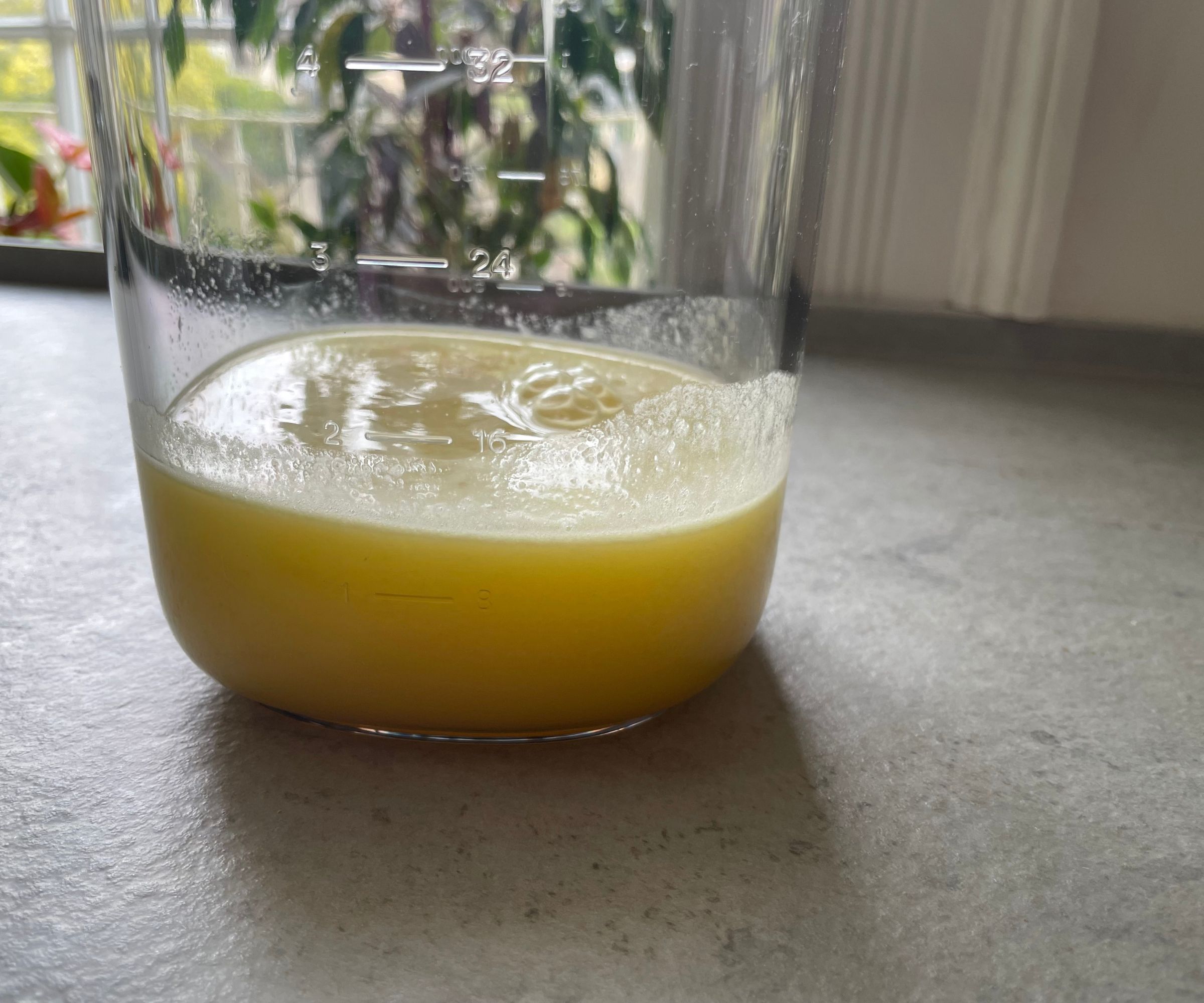
There’s been a real surge in savory juicing and drinks that work wonders on the gut, so I looked into making a ginger shot. Part of the base for this was carrot juice, so I chopped up four medium-sized carrots and juiced them. The juice had nice clarity, it was smooth and crisp, and my carrot pulp came out dry, which is a good indicator that lots of the water had been extracted.
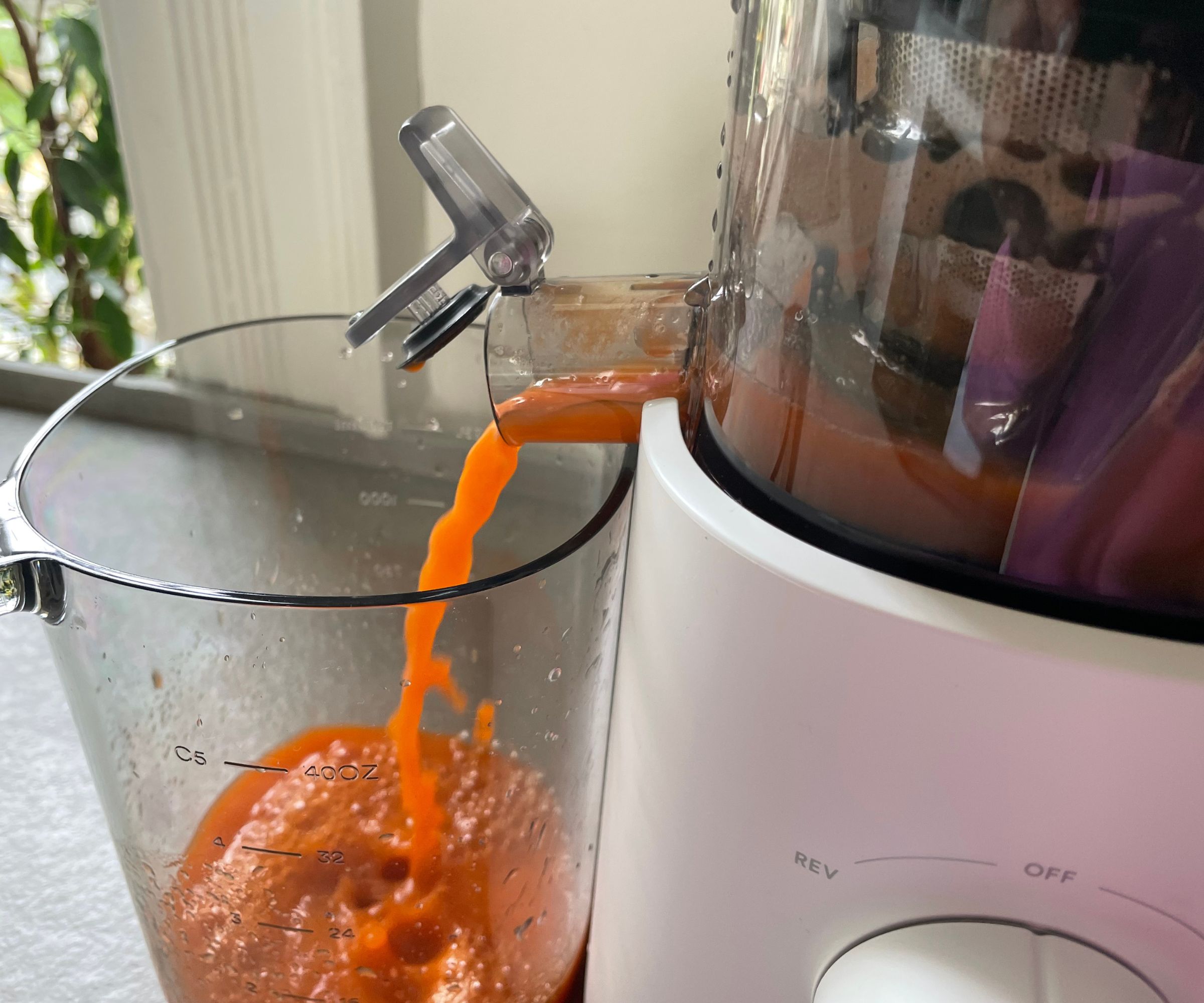
To finish the ginger shots, I juiced a pineapple and a big chunk of ginger. Again, the Nama made light work of turning these tough, fibrous ingredients into crisp, smooth juice.
Test 3: almond milk
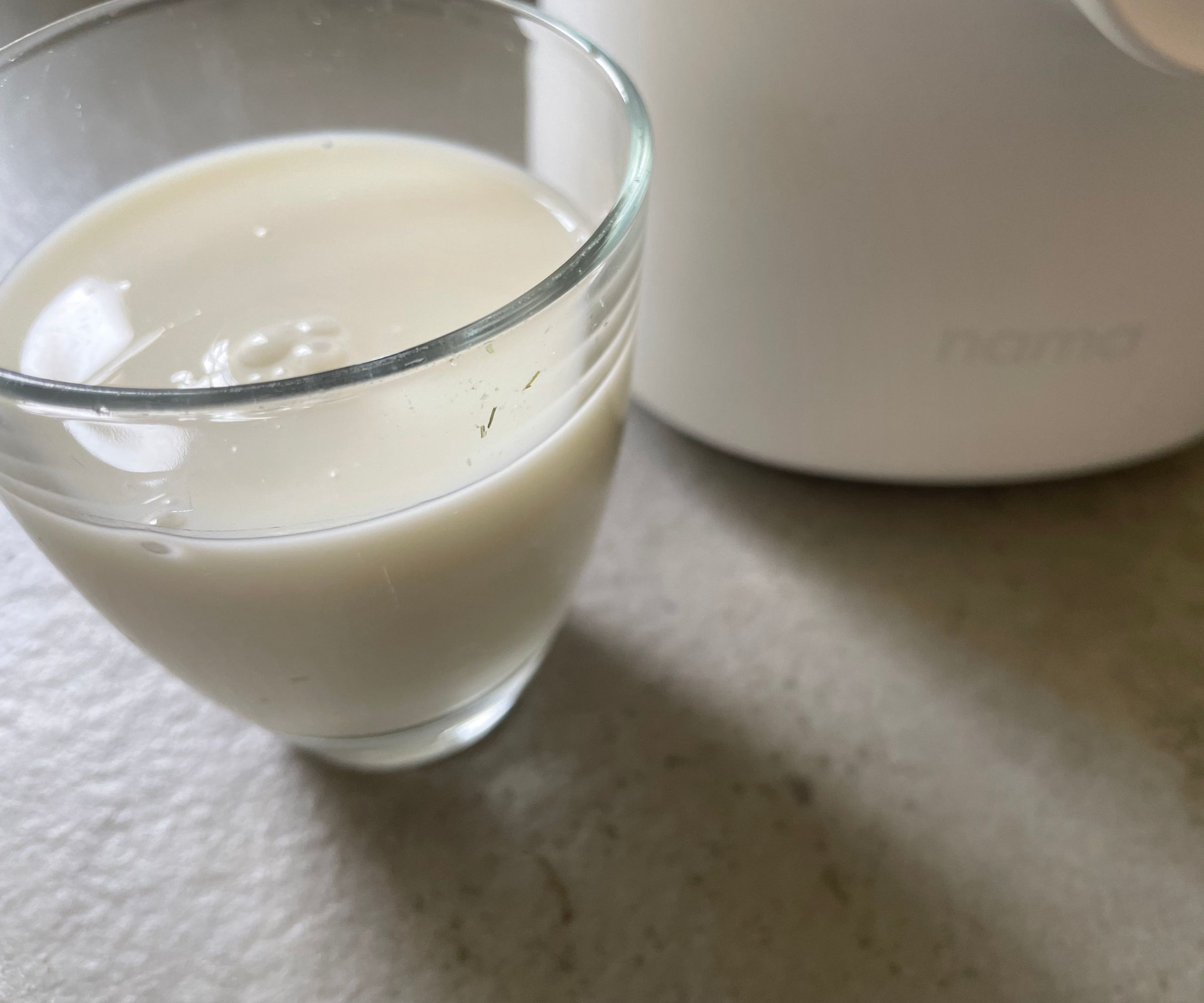
I drink a lot of almond and oat milk, so being able to make big batches quickly really matters to me. I soaked my almonds with some dates overnight (although you can cheat and soak yours in boiling water for at least two hours). Then, I drained my almonds and put them in my Nama with 16 oz of filtered water.
The Nama quickly crushed up my almonds, filtering them out to make smooth almond milk. Again, the pulp that came out was dry and looked a lot like a healthy marzipan. I tasted some and it was delicious, so you can make good use with the pulp from the Nama too.
Since using Nama’s juicer, I haven’t looked back. It’s brilliant at making almond milk to rival store-bought cartons, except you don’t have any of the additives or extra costs.
I’ve also been using the Nama to make oat milk and chocolate oat milk. it’s actually better than some of the best nut milk makers on the market. When it comes to stuff like this, so I’m suitably impressed. Of course, the J3 has a smaller capacity, but it doesn’t take long to feed in more ingredients. The sky (or your refrigerator) is the limit then.
Cleaning, storage, and maintenance
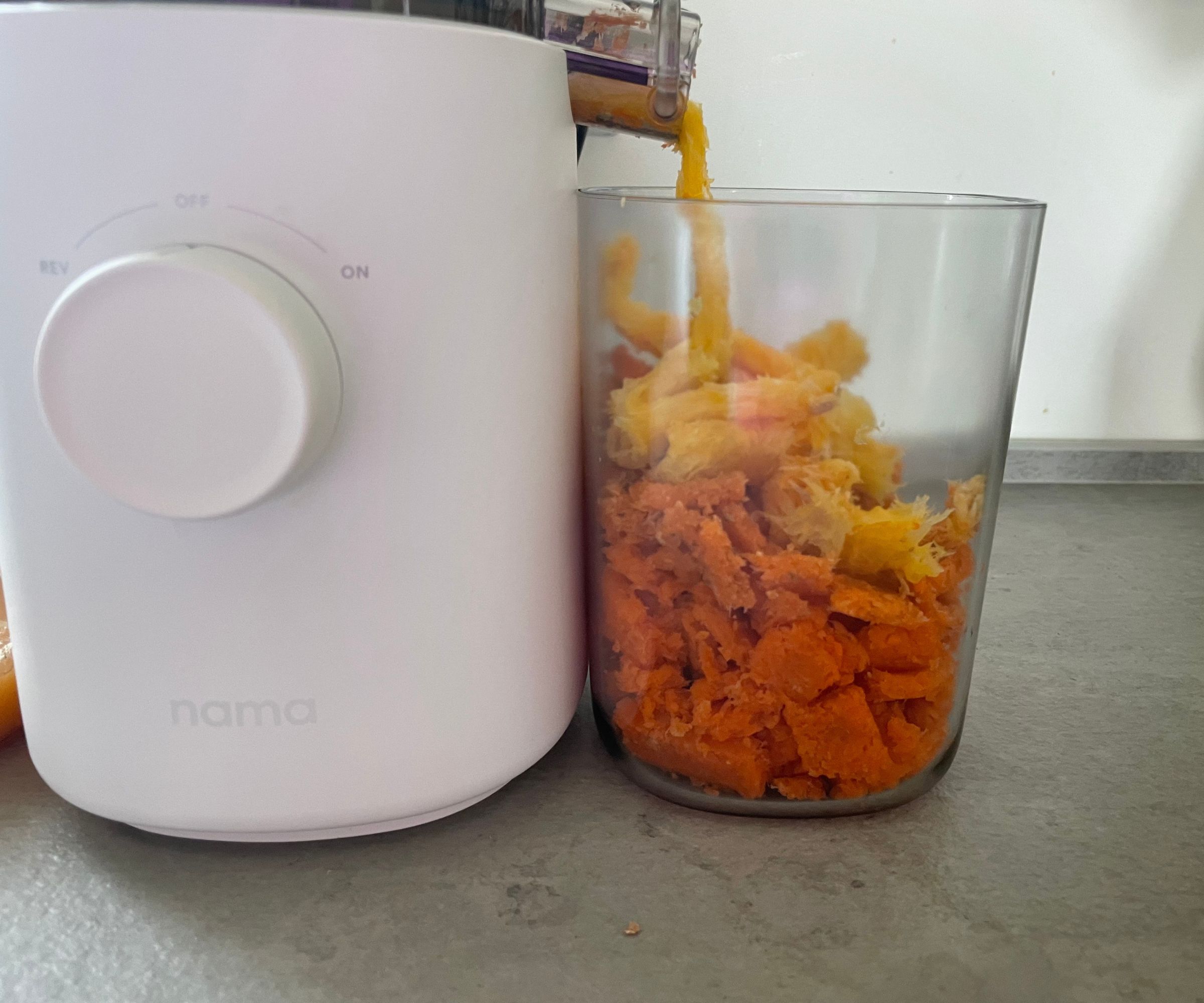
Cleaning juicers is never an easy process, but Nama does their best to make it straightforward. They provide a useful cleaning brush and all the parts separate easily. They’re not dishwasher safe, which might not suit you if you like to steer clear of the sink, but it doesn’t take a second to get everything rinsed and dry.
The easy storage is perhaps one of the greatest innovations in Nama’s new design. I happily kept mine on the countertop, but it’s compact enough that it would fit into a cupboard and you could lift it out with the neat handle. There aren't many juicers that can boast this kind of compact design, so it's worth investing in if you're short on space.
How does it rate online?
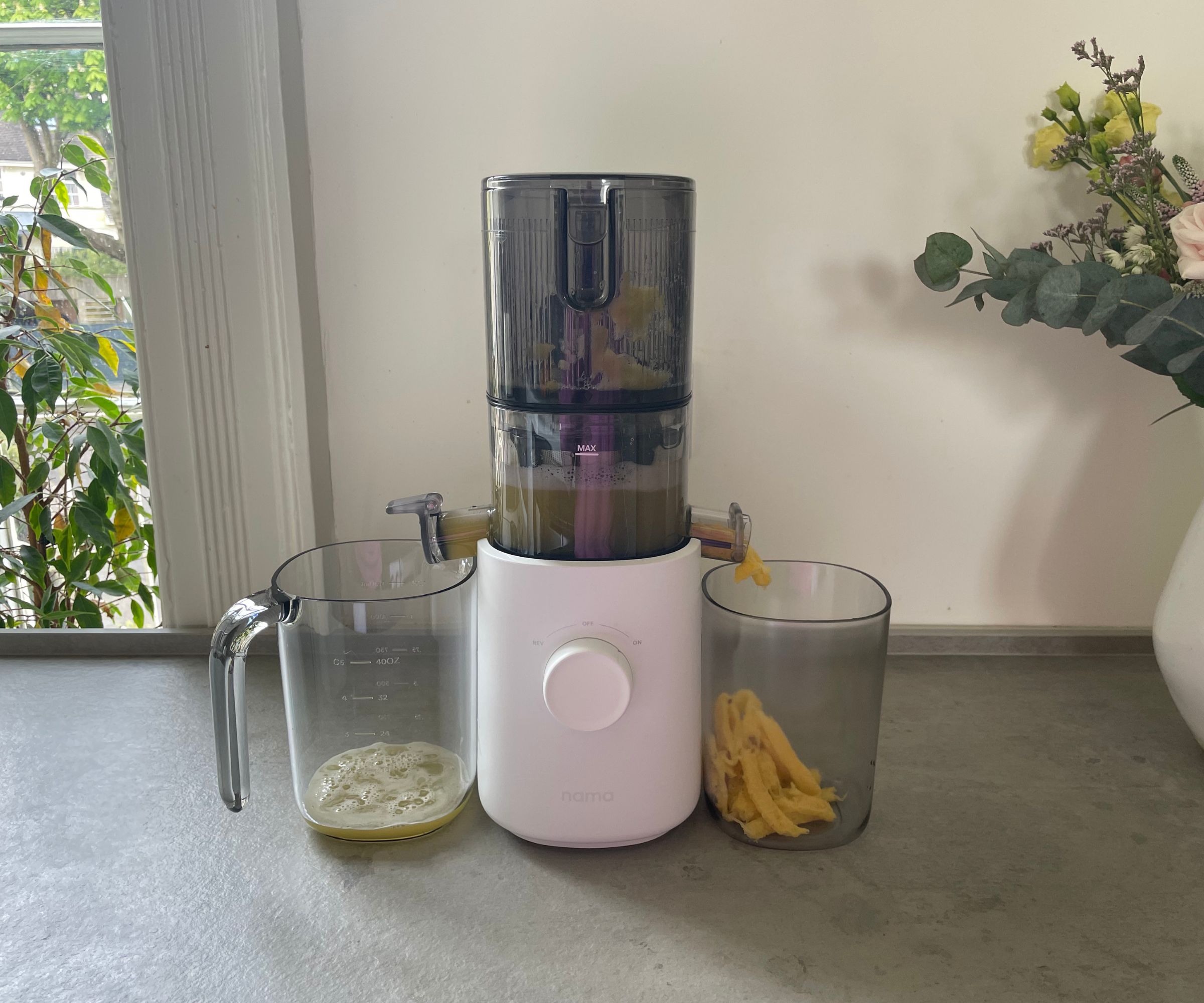
The J3 is relatively new to the market, so there’s not a huge amount of literature out there. However, reviewers seem pleased with the newer, compact take on the J3. Everyone agrees that it's user-friendly and easy to clean. People were impressed at both the size and power of the J3, which are an unexpected combination.
I was pleased that people also commented on the sustainable packaging since that's often overlooked. Generally, people agreed that this has been thoughtfully designed from unboxing right through to the cleanup.
Whilst the Nama is expensive (all juicers are these days) people still gave it top marks for value for money. In other words, the upfront cost might seem imposing, but it's worth the money. Some other people also mentioned that the size limits capacity, but if you juice in batches (which is hardly any effort) you can make plenty of juice.
How does it compare?
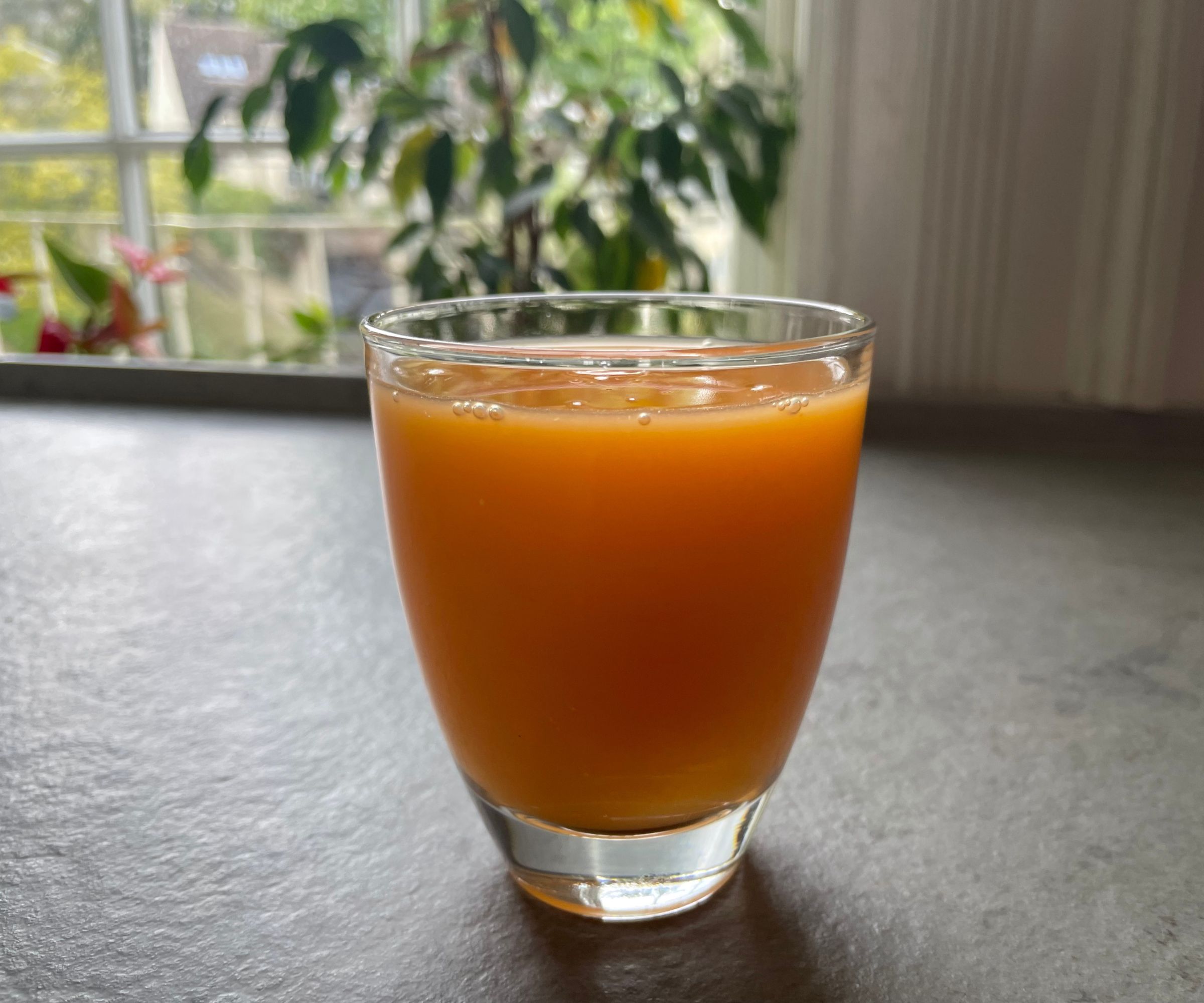
There are two key juicers you’ll want to consider before diving in to the J3. The first is, obviously, the J2. This is bigger than the J3, so if you want to make batches of juice that need no attention at all, you’ll probably appreciate the bigger juicer’s size. The aesthetics and accessories are similar, but the J2 can also make sorbets, smoothies, and it works with all of Nama's other, brilliant accessories. In my opinion, they’re both great juicers: one is suited to smaller homes and one is better for bigger homes.
The other comparison is for a similarly compact juicer, the Nutribullet slow juicer. This offers an equally small footprint and neat design, although I think the J3 looks better.
The Nutribullet is powerful, like the J3, and dishwasher safe, unlike the J3, so it might suit reluctant cleaners better. It's also cheaper than the Nama, so if you're not sure how much you'll use your juicer, it might be a better short-term investment.
If you know you want a juicer, I think the Nama is worth the extra money: it's better quality, doesn't let any pulp slip through (which the Nutribullet is guilty of), and, unlike the Nutribullet, the Nama doesn't have a small chute that requires you to do extra prep before you can start juicing.
Should you buy it?
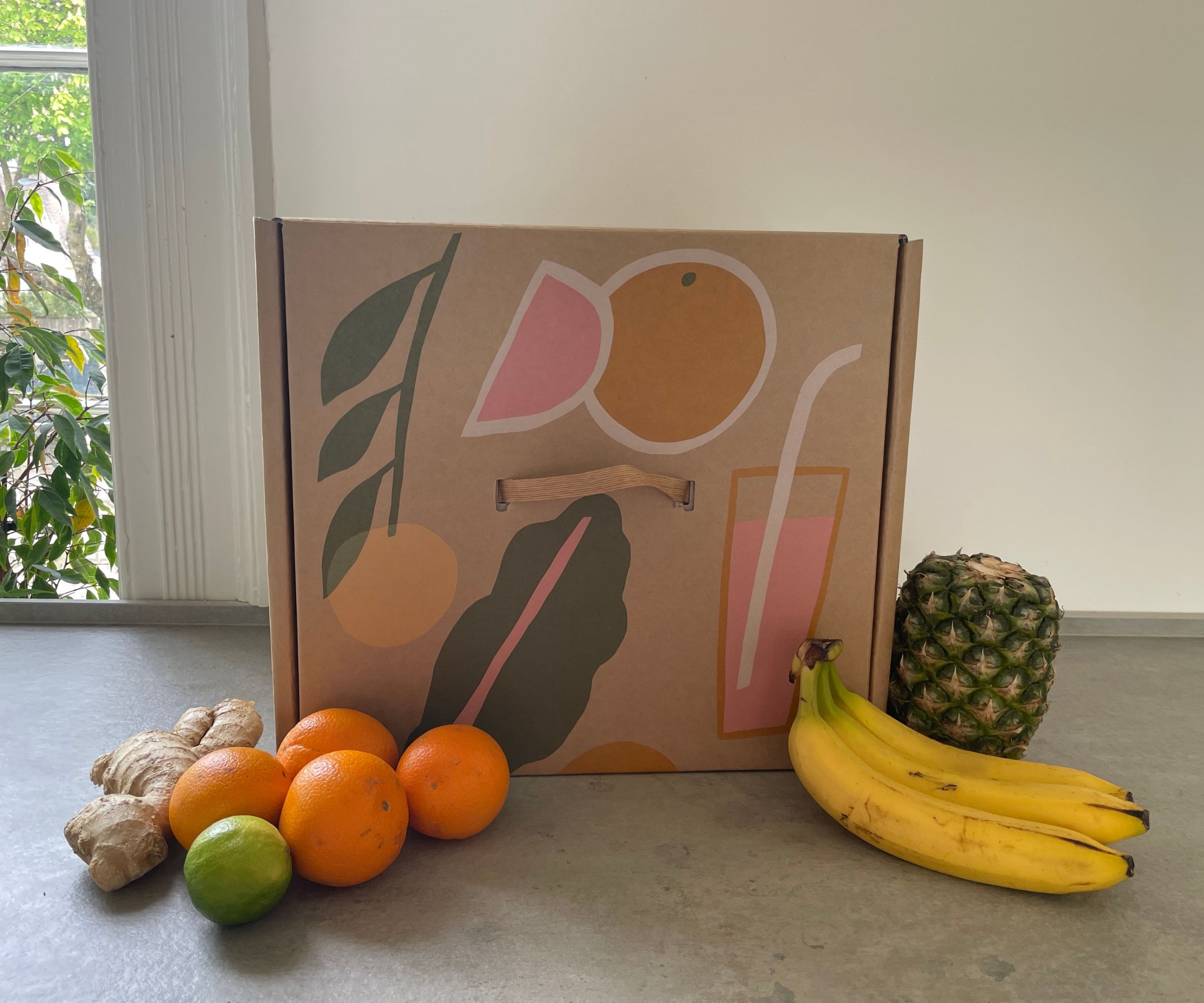
If you live in a compact home or apartment, you should absolutely buy this juicier: it's the best small juicer on the market. If you juice daily, you should absolutely buy this juicer: it's simple to use and makes professional quality juice. If you want quality without compromise you should absolutely buy this juicer: it's built to last. There are a million reasons to buy the juicer, not least because it's changed the game for small juicers. I asked it at the start of this review, and I'll tell you now, the juice is worth the squeeze.







